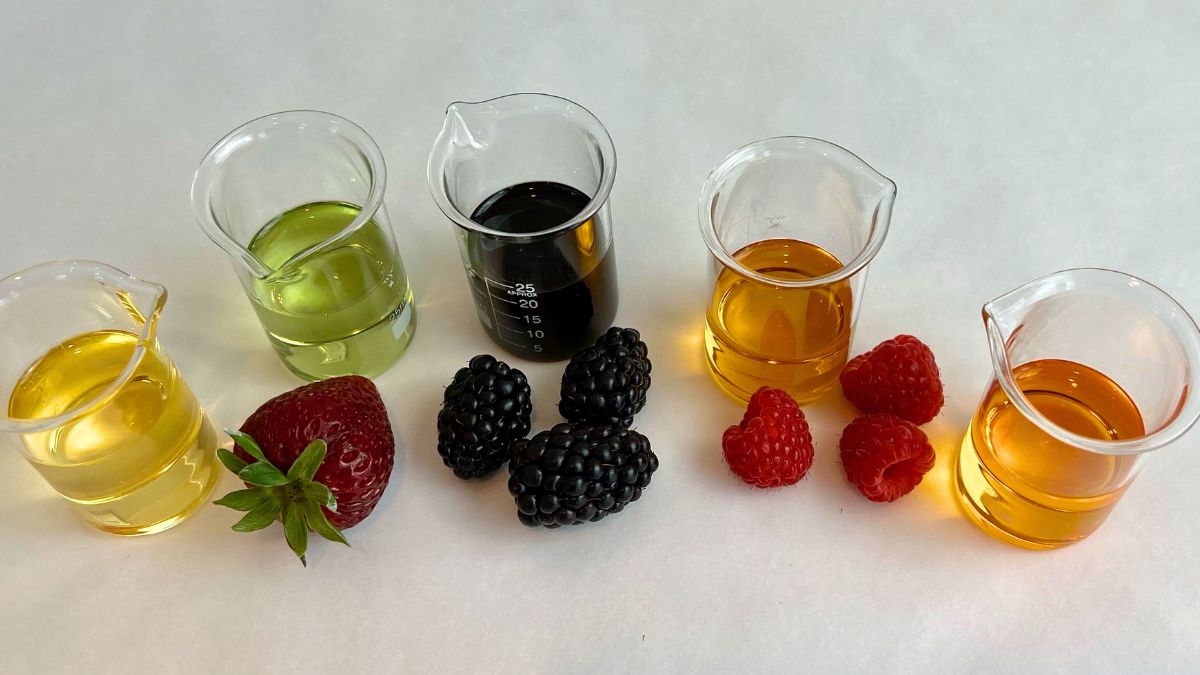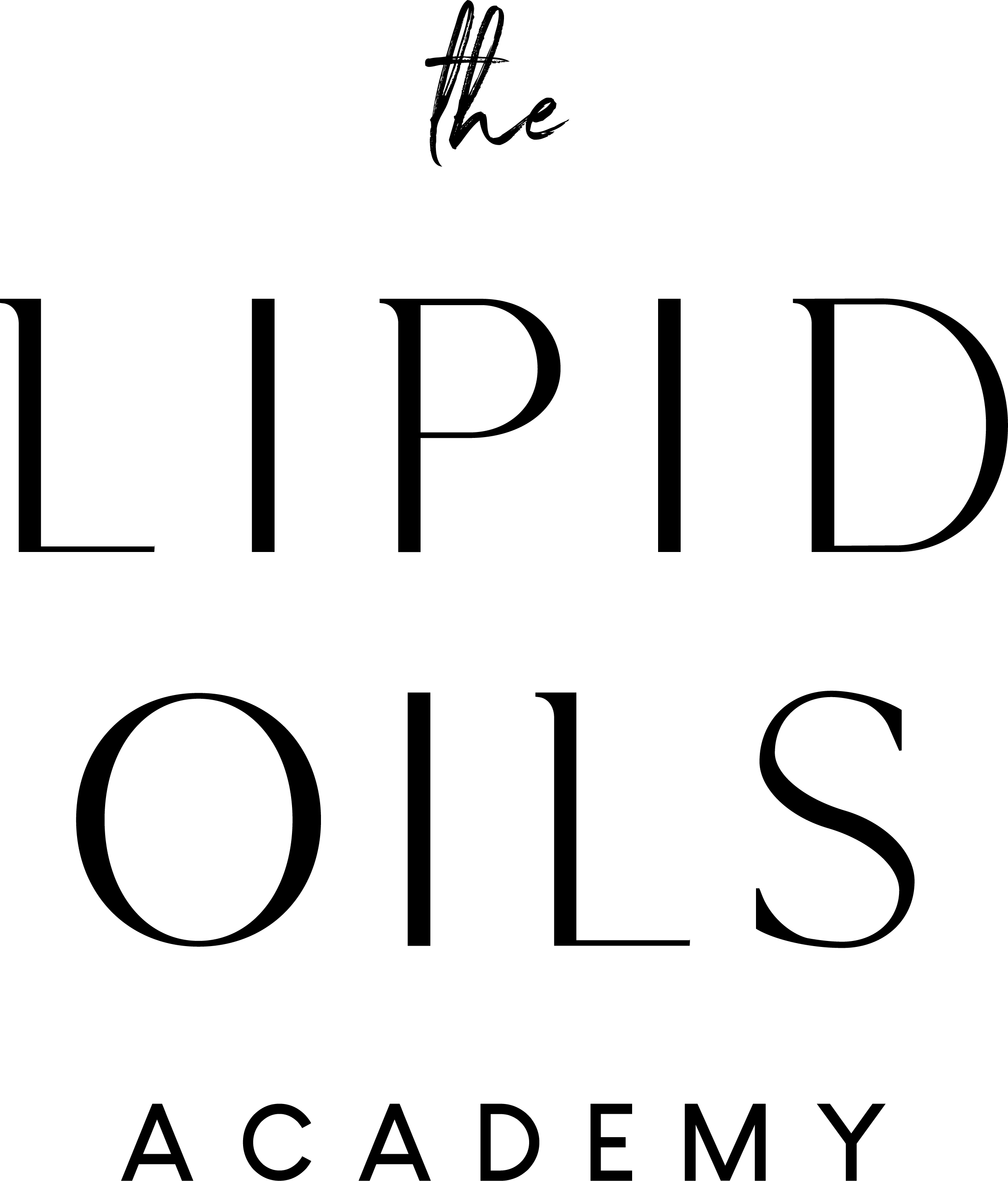When we think about plant oils for skincare, we often picture the final, bottled product, the smooth oil we use in our formulas and skincare routines. But it’s easy to forget that every oil starts with a plant, and more often than not, with a seed.
Seed oils have been at the center of some controversy in recent years, with a lot of conflicting opinions about whether they’re beneficial or harmful. And like most things in skincare and formulation, the answer isn’t a simple yes or no.
In the video above, I wanted to go right to the source and show you the seeds themselves, the seeds that are pressed to make nourishing oils like raspberry seed oil, apricot kernel oil, rosehip seed oil, and many more.
How Plant Oils Are Made from Seeds Nearly all of our plant oils begin as seeds and while the term "seed oils" sometimes gets a bad reputation, understanding how these oils are made helps us make better choices in our formulations.
The Difference Between Seed Oils, Nut Oils, and Fruit Pulp Oils:
We look at the different plant parts used to extract oils and how each one contributes its unique qualities to the final oil.
Why Seed Oils Are So Valued for Their Fatty Acid Profiles: Seed oils, especially when carefully grown and pressed, are rich in essential fatty acids that nourish and support the skin.
Exploring Berry Seeds: Raspberry and Rosehip Small but powerful berry seeds are wonderful sources of nutrient-rich oils.
Stone Fruit Seeds: Apricot and Peach These larger seeds produce gentle, versatile oils perfect for many formulations.
Why the Source of Your Oils Matters Not all oils are created equal. How the plants are grown and how the oils are processed play a major role in their quality.

A Closer Look at the Controversy
It’s true that some of the more common commodity oils, like soybean or sunflower oil, are produced on such a large scale that the oils lose much of their natural goodness. Industrial processing methods — like solvent extraction and deodorization — can strip away the beneficial compounds we look for in skincare oils.
But when we source carefully, and when we understand the difference between mass-market commodity oils and small-batch, thoughtfully produced oils, we find a whole world of beautiful, nourishing seed oils for our formulas.
Why This Matters in Skincare Formulation
As formulators, understanding where our oils come from allows us to make better decisions.
When we know how an oil is produced and what plant part it comes from, we’re better equipped to choose oils that support the goals of our formulations — whether that’s nourishing, protecting, or replenishing the skin.
It’s a small but important step toward working with our ingredients in a more intentional, respectful way.
